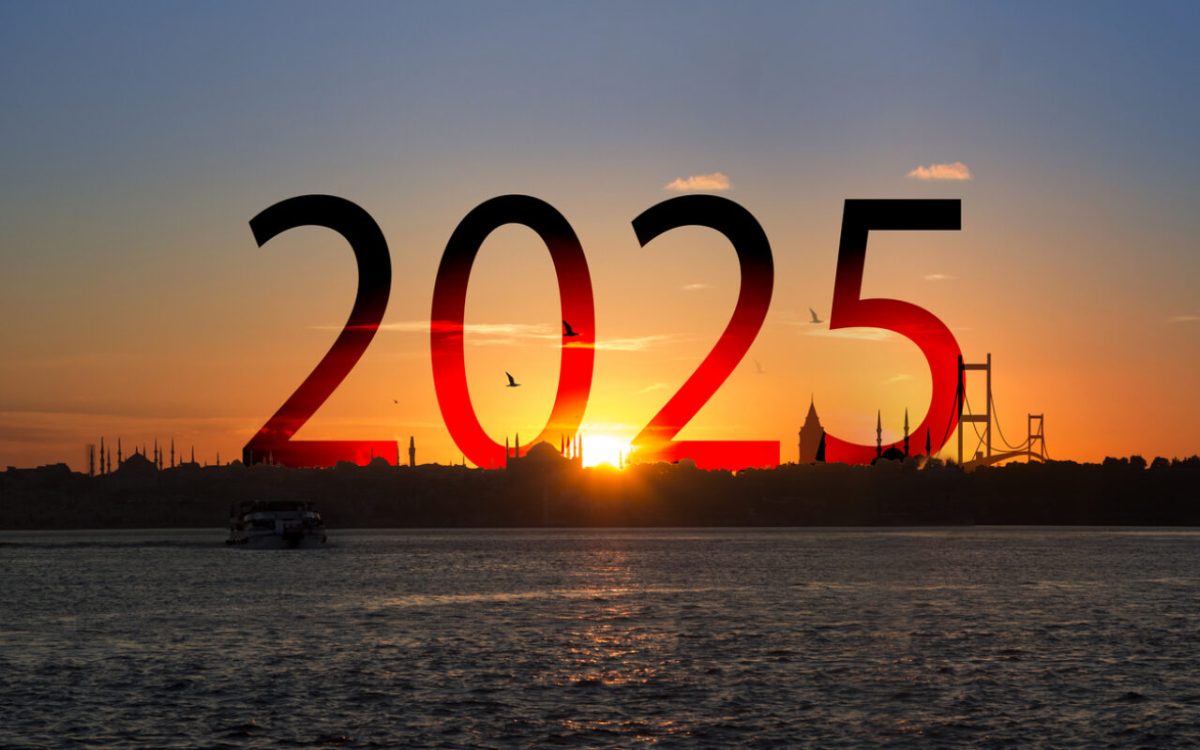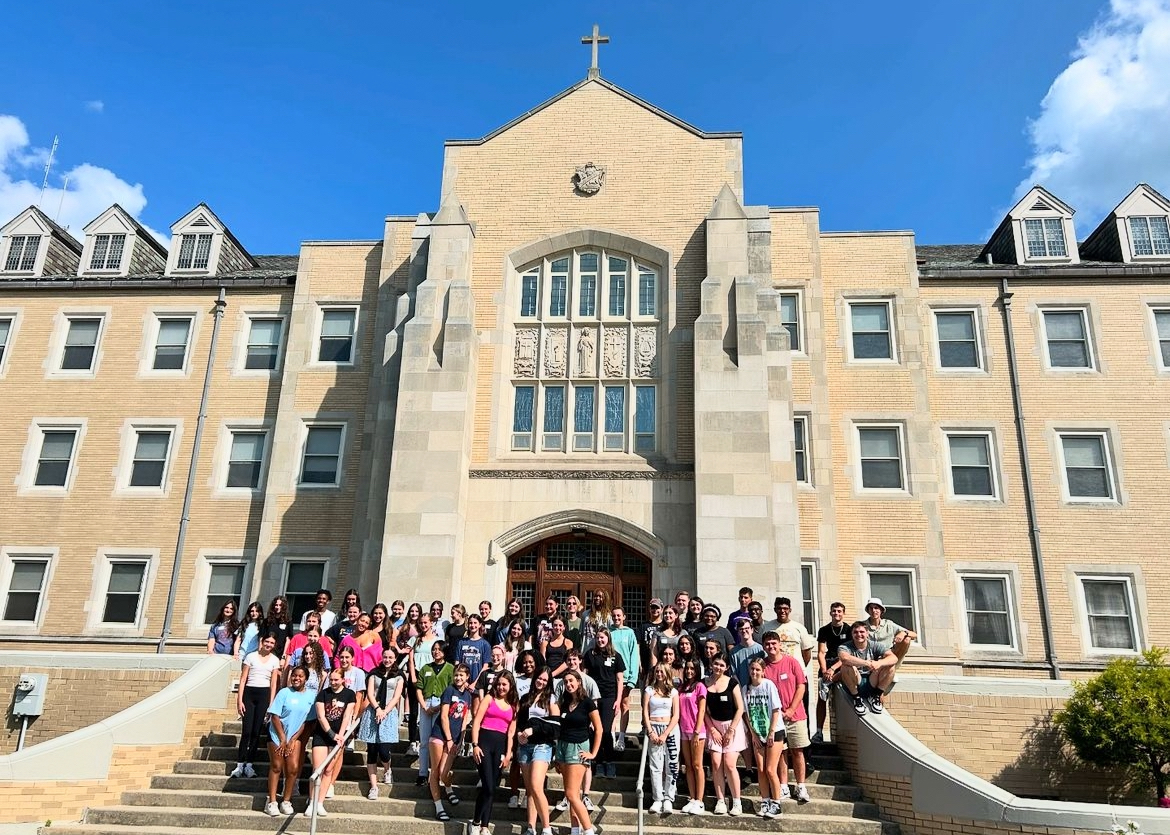Daylight savings. We hear about this twice a year, every year. To most, including me, this phrase just means a day where you’re going to gain an hour of sleep or lose an hour of sleep and one time it will make the sun set earlier. Personally, this raises a lot of questions for me. Why is this a thing, wouldn’t it just make things more confusing? Is this still necessary to have today? Should we just have one time we follow all year? All these questions can be answered and prove that the time change is unnecessary.
Daylight savings time dates to around World War I. Daylight savings starts on the second Sunday of March and ends on the First Sunday of November. After this we enter standard time. Many people think the original reason for daylight savings was to benefit the farmers, but the actual reason was to conserve energy. While this was true for daylight savings time, it is the opposite for standard time. When entering standard time, the sun then sets as early as 4:00 pm, causing more energy to be used during this time. According to timeanddate.com this original theory has been proven false in modern times. This is due to the number of computers, phones, and electronics we have today causing just as much energy to be used. Therefore, this shift in time we experience is no longer useful in modern times. This is an outdated theory.
Another reason staying in Daylight savings time is the better option is because it is safer. During standard time it gets dark out so early that many people don’t even leave work until it is dark out and children may be leaving after school activities in the dark. This is not safe. Staying in daylight savings time also makes driving safer. When we enter standard time, it causes more people to have to drive when it’s dark outside, whether they’re leaving work, running errands, going to an appointment, etc. Driving in the dark is more dangerous for not only the driver, but also pedestrians. According to timeanddate.com, “Studies have found that DST contributes to improved road safety by reducing pedestrian fatalities by 13% during dawn and dusk hours.” This is because more daylight means more visibility, meaning drivers can see pedestrians better.
One last reason for keeping daylight savings time all year round is the personal preference of many. When it gets dark out so early most people just want to stay home, because who wants to go out and do things in the dark? Allowing there to be an extra hour of daylight all year round will ensure that people do outdoor activities. Personally, when I get home from swim practice or school and it’s already dark outside, I am more inclined to be unproductive. The longer lasting daylight pushes me to get more things done. Many have said the extra daylight makes them more inclined to doing things outside, therefore leading to a healthier lifestyle.
Based on the overall popular opinion, the outdated theory of time change, and safety concerns, we should opt out of participating in standard time, and make daylight savings permanent. It’s been proven that we don’t need this anymore, and it’s unnecessary. Making daylight savings time permanent improves the overall well being of all. It makes the roads safer and leads to a healthier lifestyle by getting by people outside and more productive.
More info:
The never-ending DST debate. The Pros and Cons of Daylight Saving Time. (n.d.). https://www.timeanddate.com/time/dst/daylight-saving-debate.html
Wei-Haas, Maya, and Amy McKeever. “Why Daylight Saving Time Exists-at Least for Now.” Science, National Geographic, 10 Mar. 2023, www.nationalgeographic.com/science/article/daylight-saving-time.
“Why Do We Have Daylight Saving Time?” History.Com, A&E Television Networks, www.history.com/news/why-do-we-have-daylight-saving-time. Accessed 16 Oct. 2023.







